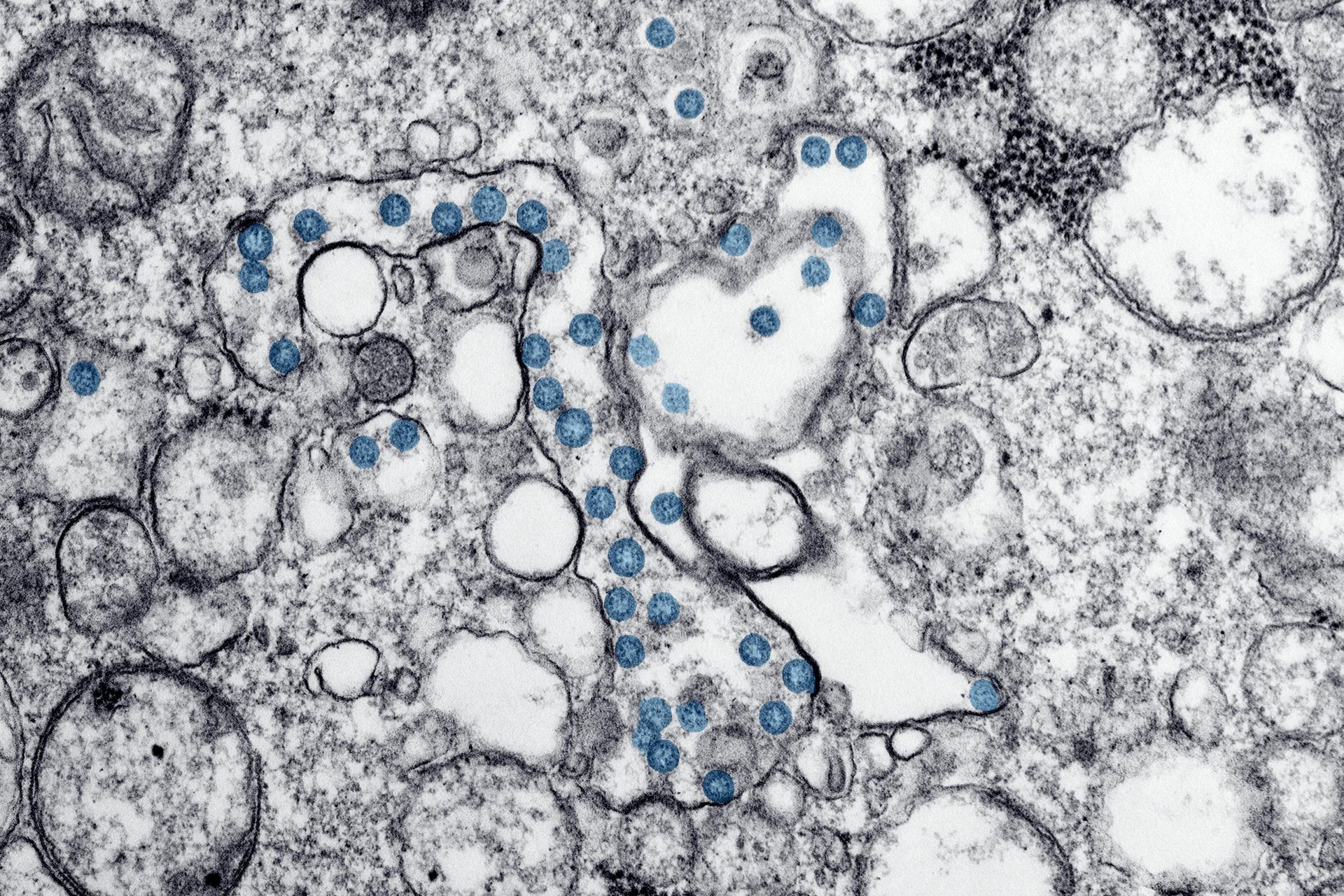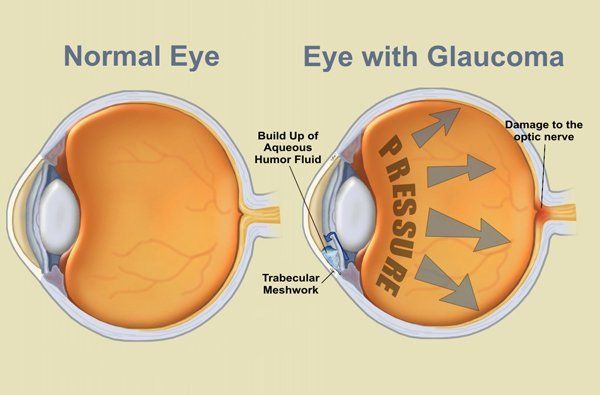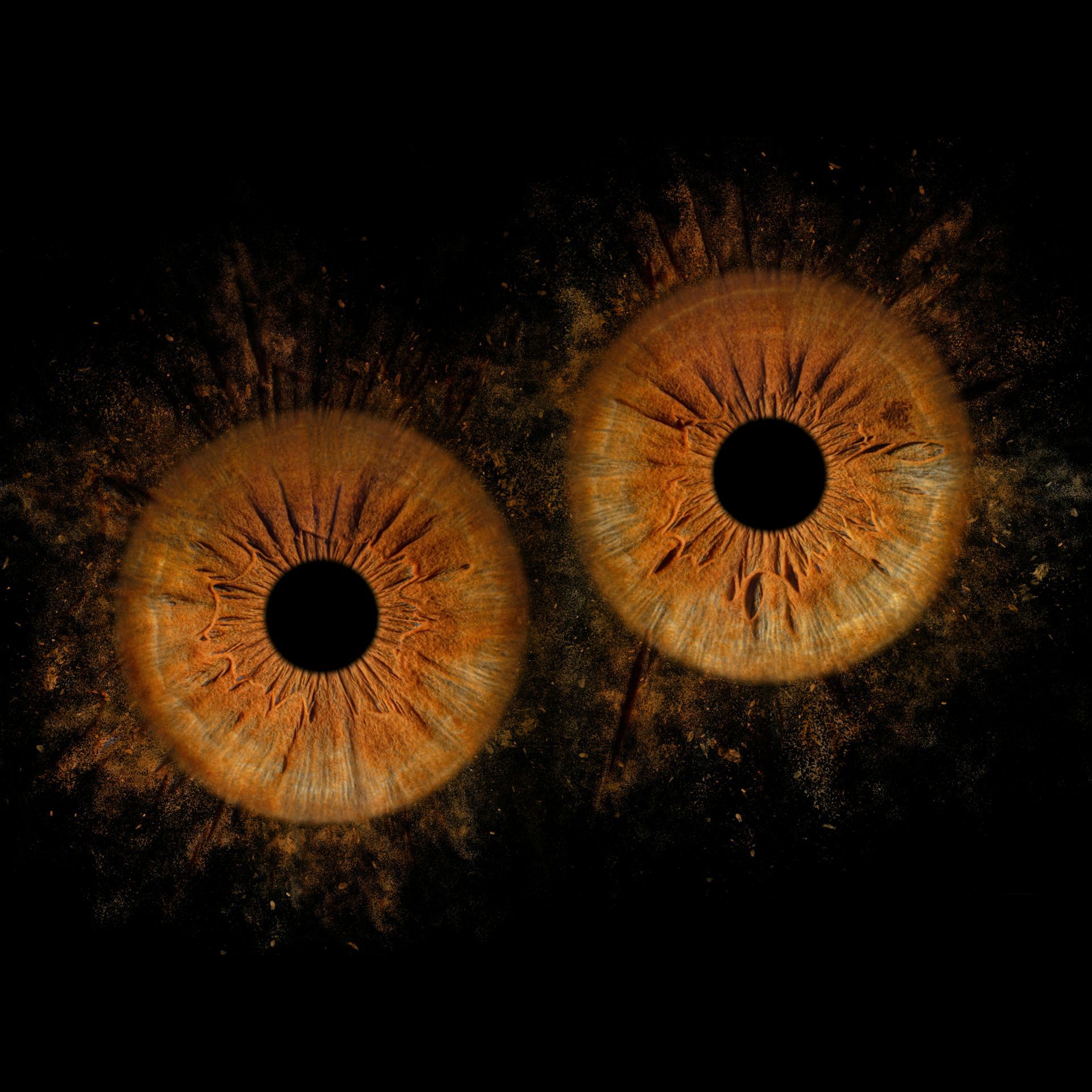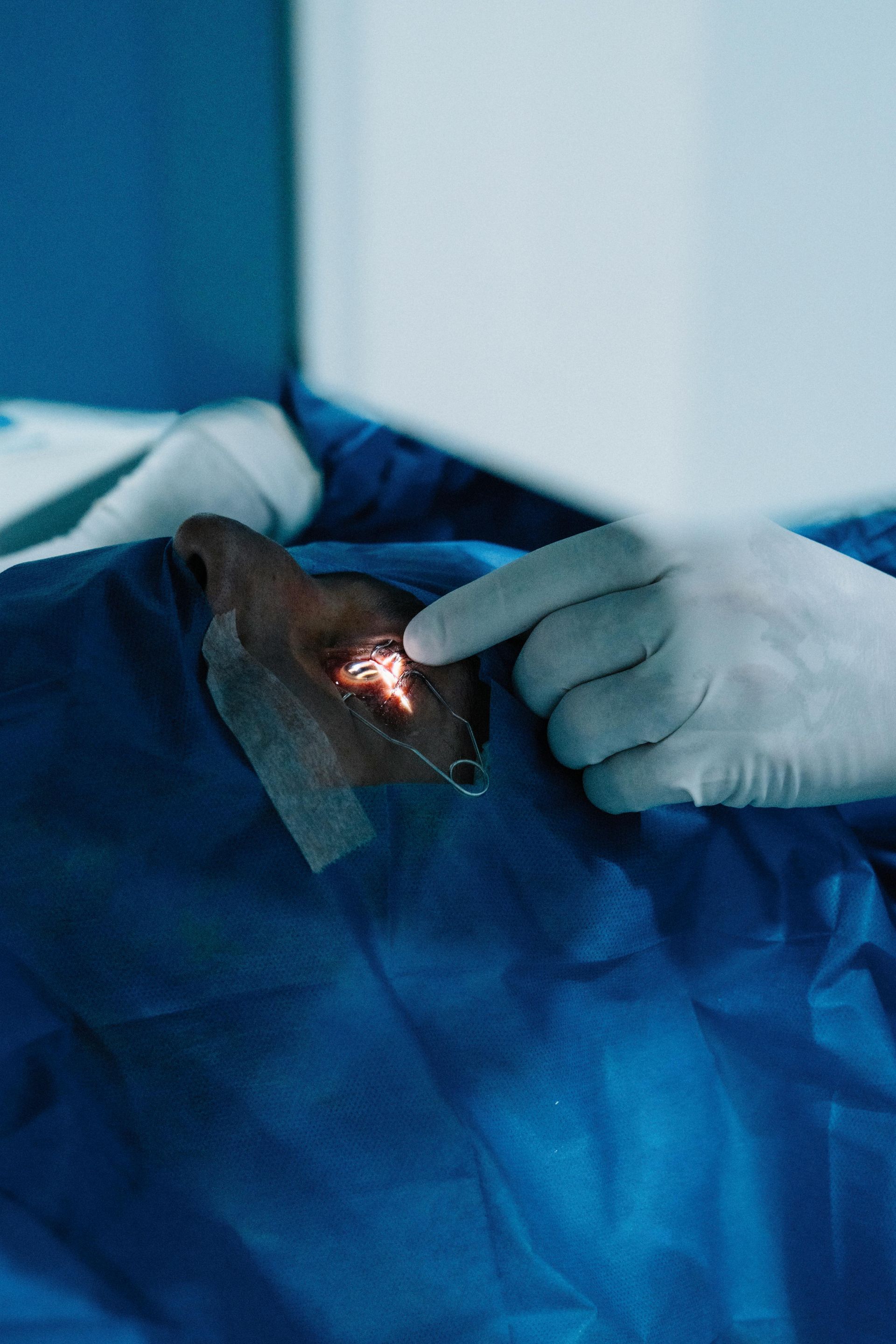Groundhog Day. Groundhog Day. Groundhog Day...

Blog vol 2. 37. Groundhog Day. Groundhog Day. Groundhog Day…..
Every year, about halfway between the winter solstice and the equinox, we have this odd day called Groundhog Day. Supposedly the tradition came over from Germany to Pennsylvania and morphed into a myth that if the sun came out on Candlemas, a hedgehog would cast its shadow, predicting snow all the way into May. As a hedgehog was hard to find in North America, it was replaced over time with the ubiquitous groundhog.
I would like to spend some time on groundhogs. Just how well do these prognosticators see? They are part of a larger rodent genus called Marmots. Groundhogs spend a lot of their life in their holes, hibernating for the winter and sleeping and having their families.
They are diurnal in habit, so they can be out by day or night. Their field of vision is excellent. Humans have up to 180 degrees of visual field; groundhogs can have closer to 215 degrees because of their wider set eyes. They have more sensitive peripheral vision because most of their retinal receptors are rods, about 85%, compared to cones at 15%.
They also have vertical slits for pupils which give them greater depth of focus in the horizontal field. A key survival skill is to get out of their hole, sit up, look around, and detect predator threats. Their vision works great for this. No doubt, our little friend will have no trouble seeing his shadow if it is present on the big day.
With only 15% of their receptors as cones, their colour vision is not as developed as that of humans or primates, which have predominantly cone receptors and excellent colour vision. The cone receptors of the groundhog tend to be in the green part of the spectrum, so they see mostly greens and blues, which is great for picking out herbaceous food sources.
NEWSFLASH!! Punxsutawney Phil did see his shadow, six more weeks of winter (sigh).
There you have it. A creature that tells us the future with its superb creature powers (borrowed from Wild Kratts).
Til next week,
the good doctor, Dr. Mark Germain, Burlington optometrist






